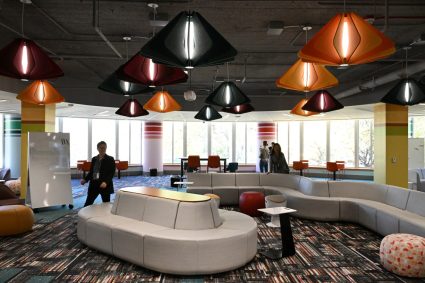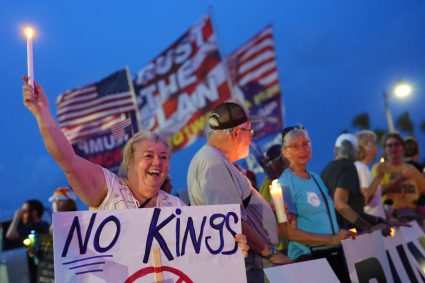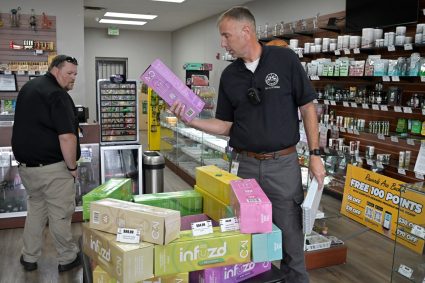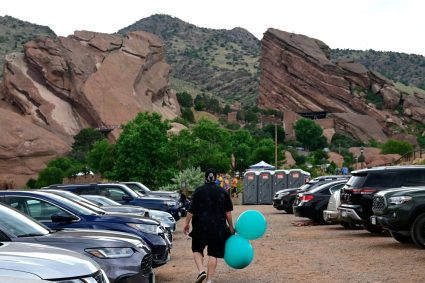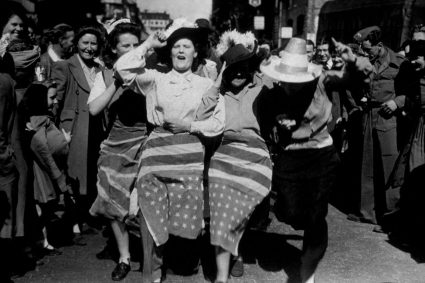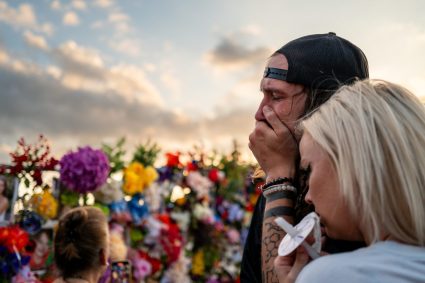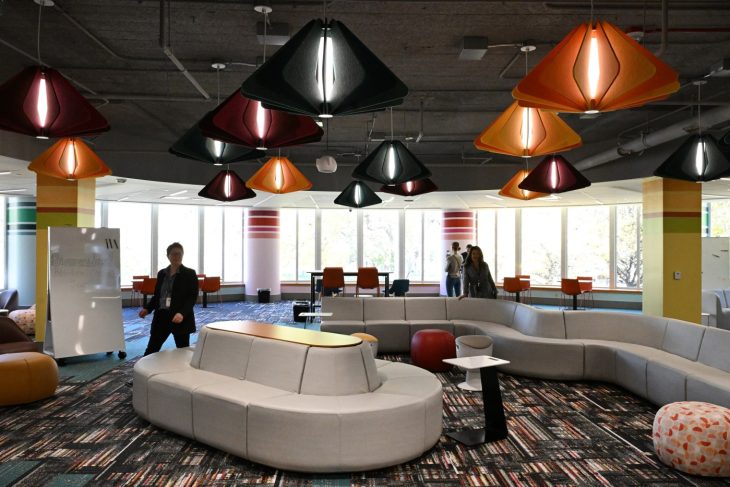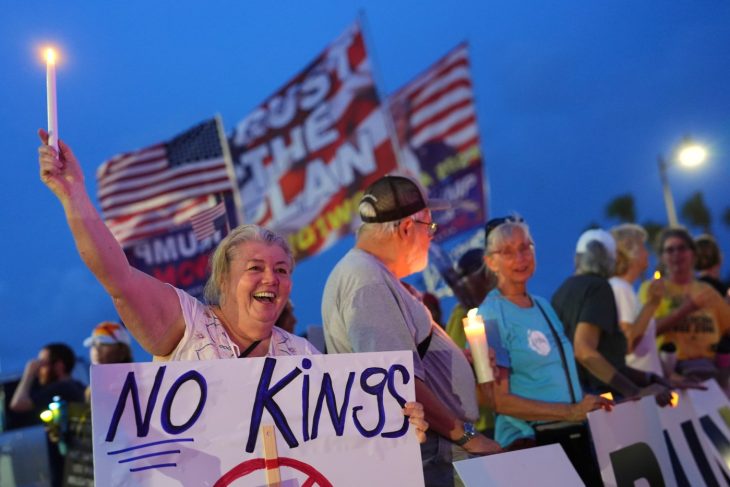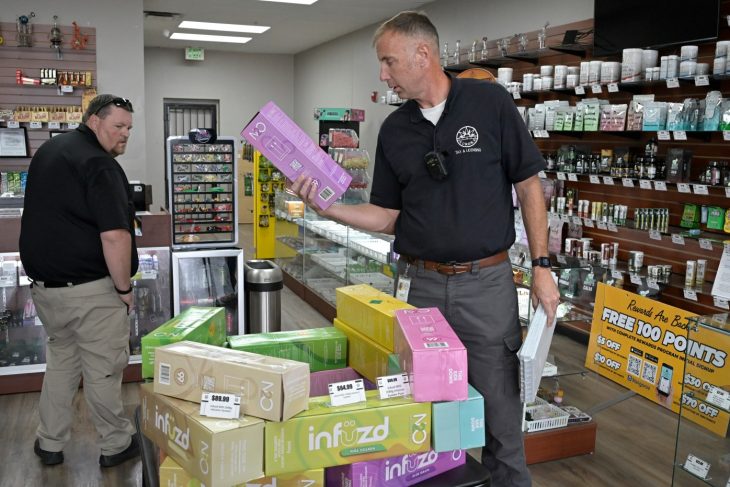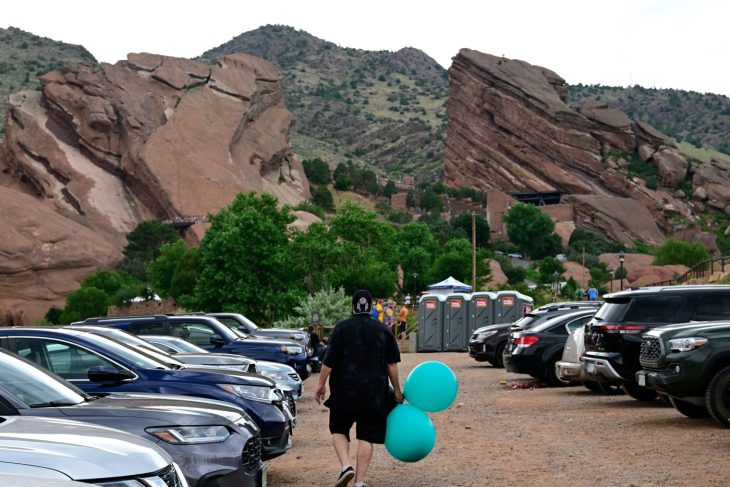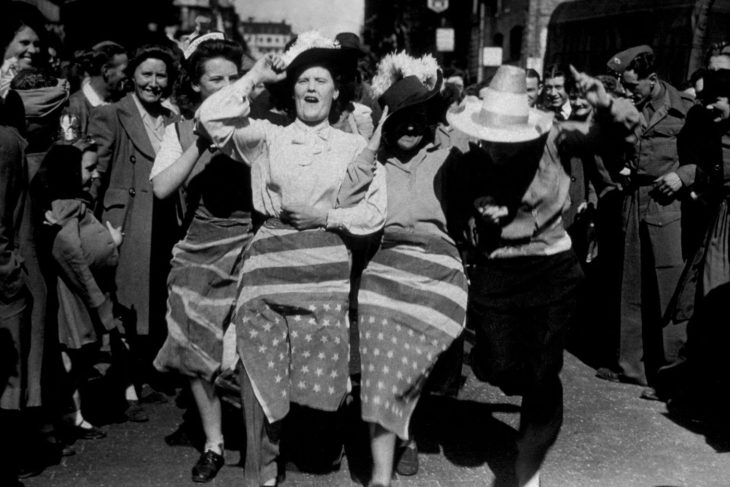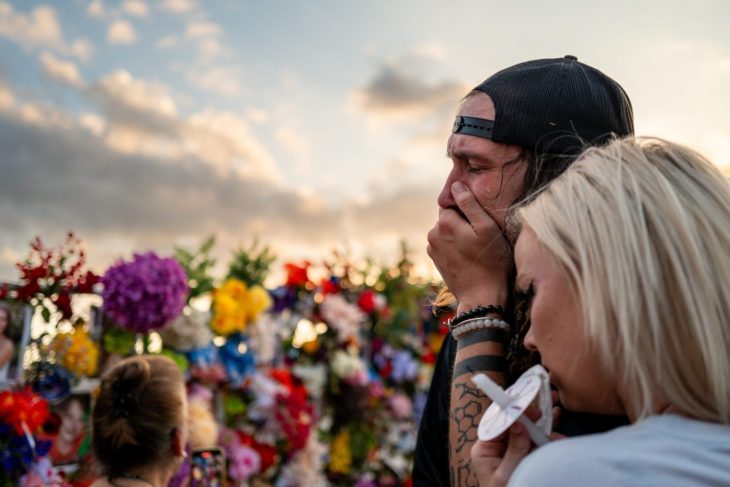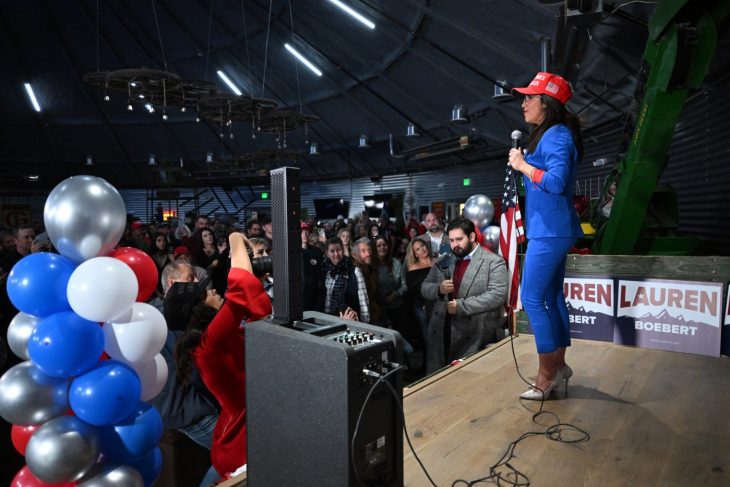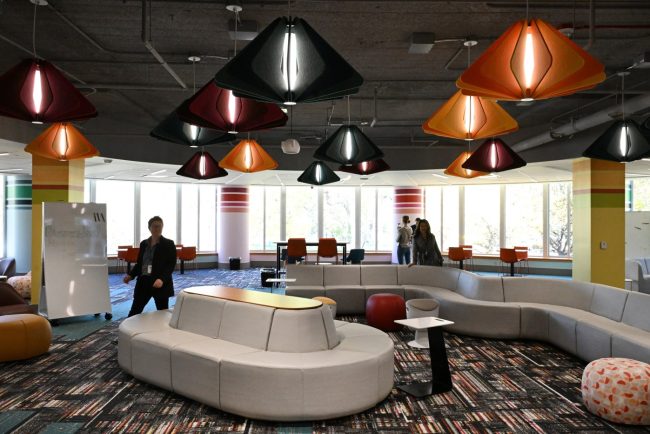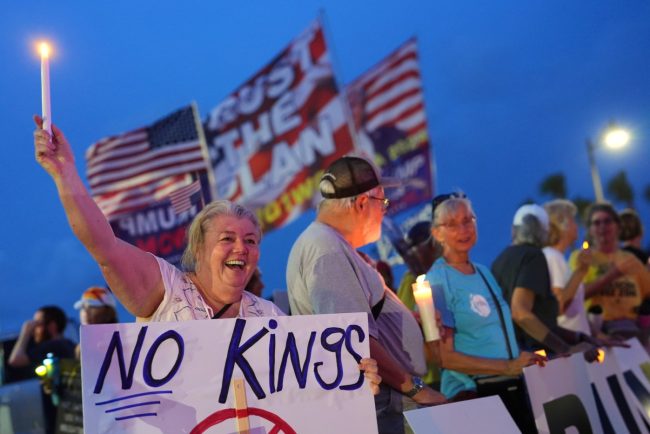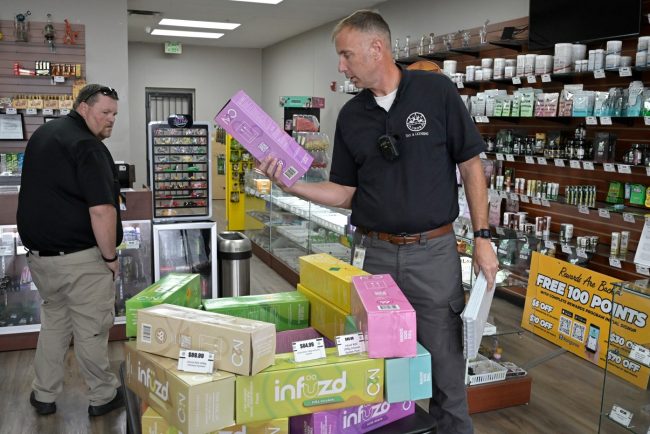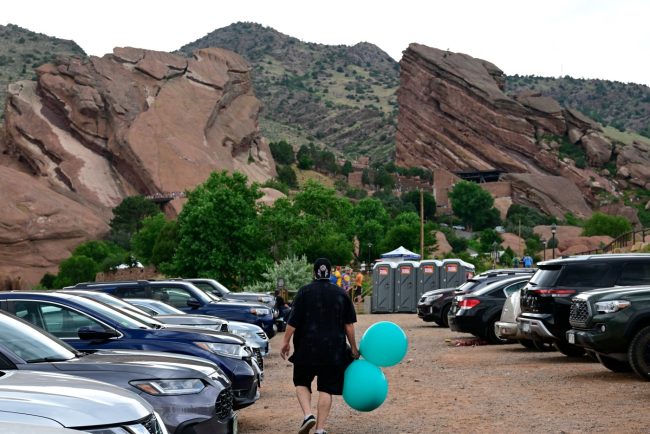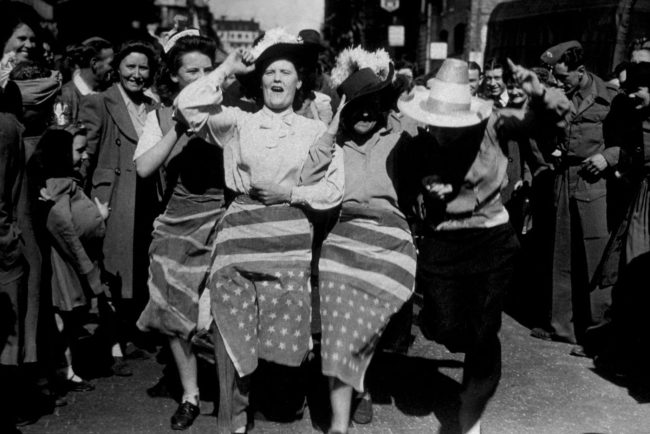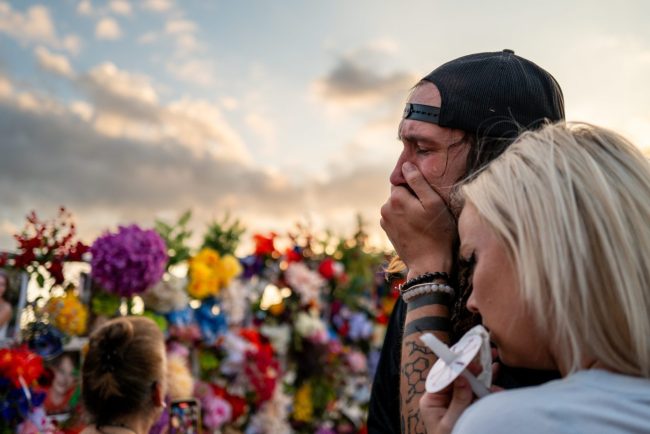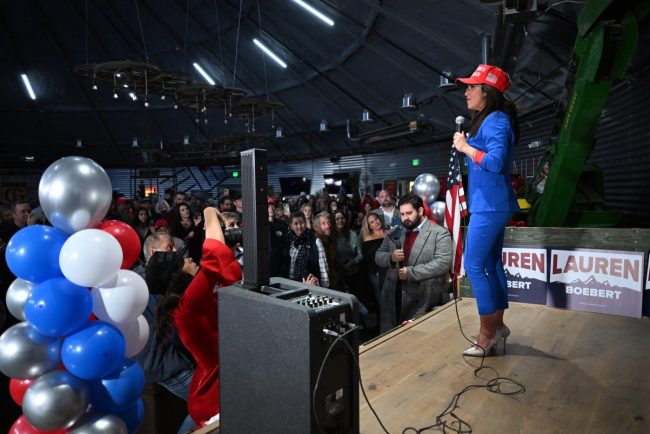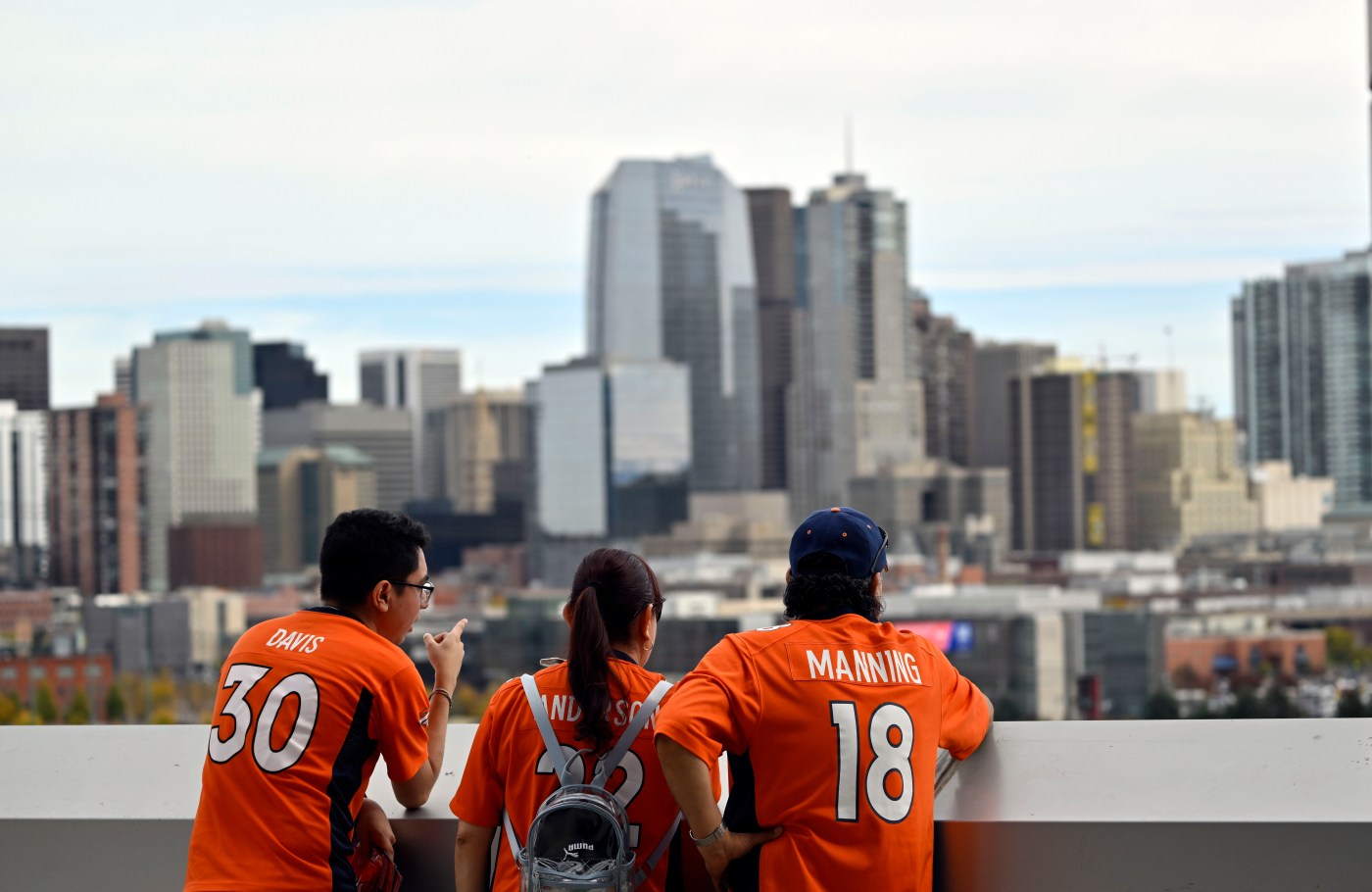
Mayor Mike Johnston, as always, has an aggressive plan to give Denver a boost even as federal funding and state funding recede and the city begins massive layoffs to plug a gaping hole in the budget.
Instead of waiting the typical 10 years to ask voters to approve a slate of big infrastructure projects, Johnston and the Denver City Council will ask voters this fall to approve almost $1 billion for dozens of projects big and small across the city.
The Denver Post editorial board met with the mayor and was skeptical about the need and wisdom of a bond, as well as some of the proposed projects. Why take on more debt now, as the city is about to make painful budget cuts? What about the risk of the economy going south? Wouldn’t it be more prudent to pay for maintenance needs out of the general fund?
We were convinced, however, by the arguments: A city struggling to recover needs investments in its infrastructure. The city has the debt capacity. Failing to seek this bond will not forestall layoffs and budget cuts. A shaky economy is the time Denver most needs an influx that could bring work and development.
Despite the tight time frame, the mayor and council engaged the community to help select projects and provide feedback on proposals, a shortened version of the work that has gone into previous bond proposals.
Denverites also won’t suffer a property tax increase because of the bond issue. Johnston plans to use revenue raised by the existing 6.5 mill levy for past bonds, including the 2017 Elevate Denver Bond. The mill levy usually floats up and down with Denver’s property values to make sure revenue is just the right amount to pay the debt service on historic bonds. Because of booming values, the mill levy has dropped from 8 mills in recent years to service the same debt, and now Johnston would use capacity under the 6.5 mills to take on new debt.
If voters say no, Johnston said the city would not float the mill levy down to reduce taxes, but would instead pay off old debt faster.
The city will get roads and bridges, upgraded recreation centers, repaired library buildings, investments in our many cultural facilities, and a 155-acre park where the old Park Hill Golf Course had operated.
“This represents a balance of things. A lot of them are unsexy projects like rehabbing old recreation centers and libraries that don’t have air-conditioning that works or reading rooms that are accessible,” Johnston said. “But those are deeply important to those places and people in neighborhoods who rely on them.”
For example, two of the city’s outdoor pools — Cook Park and Harvey Park — would get much-needed rehabilitation dollars.
A few shiny new projects will interest voters regionally, such as a new $1.9 million bike park to be located somewhere in southwest Denver and $20 million to acquire and build a skate park in southeast Denver that could one day also house a new recreation center. An American Indian Cultural Embassy, a project for which there are still few details, will get $20 million to begin planning.
The most controversial part of the proposal is also the most expensive. Two separate projects will add connectivity to the towering 6th Avenue and 8th Avenue bridges east of Interstate 25 to support some future proposed development at Burnham Yard. Currently, both bridges “fly over” a huge section of undeveloped land just west of downtown, which made sense when it was an industrial rail yard, but will hinder any future development in the area.
By now, most Denverites know that the Denver Broncos’ ownership team is highly considering acquiring the dilapidated and contaminated Burnham Yard site from the state to build a new stadium and entertainment district.
The plans to lower the portion of the 8th Avenue viaduct down to grade-level through Burnham Yard is the single most expensive item on the list, coming in at a cool $89.2 million for a road that sees about 14,000 vehicles a day.
Meanwhile, on-ramps and off-ramps will be added to 6th Avenue to “improve connectivity, capacity and efficiency” on one of the city’s busiest thoroughfares, where 64,000 vehicles pass into and out of the city on a daily basis. The cost will be about $50 million.
Even if the Broncos decide not to call Burnham Yard their new home, these projects need to be done. Both bridges need repairs, and unless the land under these overpasses is connected to the city, development may not occur for decades. If the Broncos do buy Burnham Yard, the team should share in the costs of these needed infrastructure investments for their project.
The Vibrant Denver GO Bond projects will accomplish much for a city that is struggling due to an onslaught of external and internal factors. Money flowing into our local economy will help create jobs and Johnston said some of the funding will help save city jobs by creating more work for internal departments to handle.
We don’t love everything on the list – but Denver City Council did a good job of parsing through and setting priorities as best they could.
We hope voters say yes, this fall.
Sign up for Sound Off to get a weekly roundup of our columns, editorials and more.
To send a letter to the editor about this article, submit online or check out our guidelines for how to submit by email or mail.
